This essay was originally published in The Public Domain Review under a Creative Commons License. Please see their rules for reuse.
To mark the 200th year since the Brothers Grimm first published their Kinder-und Hausmärchen, Jack Zipes explores the importance of this neglected first edition and what it tells us about the motives and passions of the two folklorist brothers.
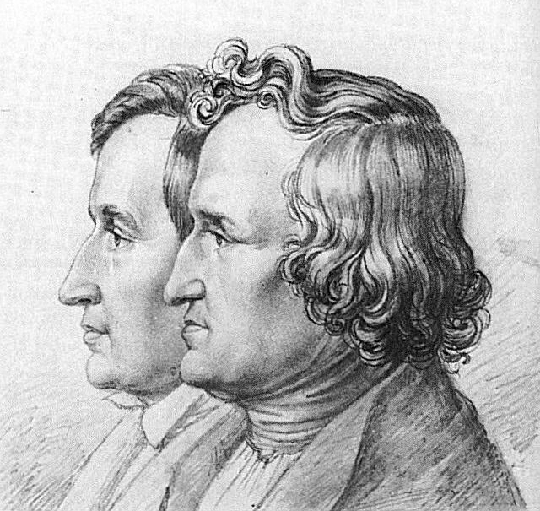
The greatest irony of the numerous world-wide celebrations held this year to honor the 200th anniversary of the first edition of the Grimms’ Kinder-und Hausmärchen, published in two volumes in 1812 and 1815, involves the discovery that most people really don’t know the original Grimms’ tales or much about their lives. That is, most people have no clue that the Grimms’ first edition of 1812/15 is totally unlike the final or so-called definitive edition of 1857, that they published seven different editions from 1812 to 1857, and that they made vast changes in the contents and style of their collections and also altered their concept of folk and fairy tales in the process. Even so-called scholars of German literature and experts of the Grimms’ tales are not aware of how little most people, including themselves, know about the first edition, and ironically it is their and our “ignorance” that makes the rediscovery of the tales in the first edition so exciting and exhilarating. Indeed, there is still much to learn about the unique contribution that the Grimms made to folklore not only in Germany but also in Europe if we return to take a closer look at the first edition, for it was this edition that sparked the pioneer efforts of folklorists throughout Europe and Great Britain to gather tales from the oral tradition and preserve them for future generations.
To explain why I believe that a rediscovery of the Grimms’ first edition can be not only exciting but also illuminating I would like to share some important background information that will place the Grimms’ collection in a socio-historical context and shed light on their remarkable accomplishment. Here we must bear in mind that their collecting was only a minor part of their research and scholarship and that they would be surprised to know that they are more famous today for their tales than for their superb philological work. When Jacob (b. 1785) and Wilhelm (b.1786) began collecting all kinds of folk tales and songs at the beginning of the nineteenth century, they were very young precocious students at the University of Marburg, still in their teens.
By 1805 their entire family had moved from their small village of Hanau to the nearby provincial city of Kassel, and the Brothers were constantly plagued by money problems and concerns about their siblings. Their father had been dead for some years, and they were about to lose their mother. Their situation was further aggravated by the rampant Napoleonic Wars. Jacob interrupted his studies to serve the Hessian War Commission in 1806. Meanwhile, Wilhelm passed his law exams enabling him to become a civil servant and to find work as a librarian in the royal library with a meager salary. In 1807 Jacob lost his position with the War Commission, when the French occupied Kassel, but he was then hired as a librarian for the new King Jérome, Napoleon’s brother, who now ruled Westphalia. Amidst all the upheavals, their mother died in 1808, and Jacob and Wilhelm became fully responsible for their three younger brothers and sister. Despite the loss of their mother and difficult personal and financial circumstances from 1805 to 1812, the Brothers managed to prove themselves to be innovative scholars in the new field of German philology by publishing articles and books on medieval literature. Still in their twenties, they were about to launch the collection of tales that was to become second in popularity to the Bible throughout Germany and later throughout the western world by the twentieth century.
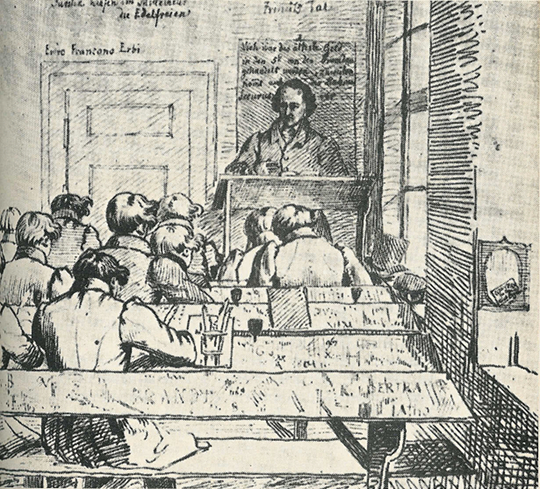
What fascinated or compelled the Grimms to concentrate on old German literature was a belief that the most natural and pure forms of culture — those which held the community together — were linguistic and were to be located in the past. Moreover, according to them, modern literature, even though it might be remarkably rich, was artificial and thus could not express the genuine essence of Volk culture that emanated naturally from people’s experiences and bound the people together. Therefore, all their energies were spent on uncovering stories from the past. This is why their friend, the romantic poet Clemens Brentano, asked them in 1808 to collect all types of folk tales that he wanted to revise in a book of literary fairy tales. In 1810 they sent him 54 texts that they fortunately copied. Fortunately, I say, because Brentano proceeded to lose the manuscript in the Ölenberg monastery in Alsace and did not use the Grimms’ texts. Meanwhile the Grimms kept collecting tales from friends, acquaintances, and colleagues, and when they realized that Brentano was not going to use the tales from their manuscript, they decided, upon the advice of a mutual friend and another romantic author, Achim von Arnim, to publish their collection that had grown to approximately 86 tales, which they published in 1812 and then another 70, which they published in 1815. Both collections formed the first edition and included footnotes to the tales as well as scholarly prefaces. Before I discuss the unusual quality of the tales in these two volumes, I want to comment briefly on the idealistic intentions of the young Grimms. That is, I want to summarize the ideological stance they took by publishing the tales they had collected.
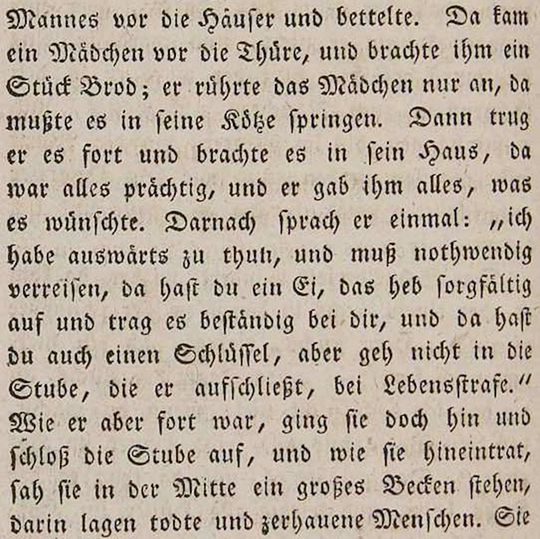
Although the young Grimms had not entirely formalized their concept of folklore while they worked on the publication of the first edition, and even though there were some differences between Jacob and Wilhelm, who later was to favor more drastic poetical editing of the collected tales, they basically held to their original principle: to salvage relics from the past from the beginning to the end of their work on the Kinder-und Hausmärchen. Broadly speaking, the Grimms sought to collect and preserve all kinds of ancient relics as if they were sacred and precious gems that consisted of tales, myths, songs, fables, legends, epics, documents, and other artifacts — not just fairy tales. They intended to trace and grasp the essence of cultural evolution and to demonstrate how natural language, stemming from the needs, customs, and rituals of the common people, created authentic bonds and helped forge civilized communities. This is one of the reasons why they called their collection of tales an educational manual (Erziehungsbuch), for the tales recalled the basic values of the Germanic peoples and also other European groups and enlightened people about their experiences through storytelling. Remarkably, the Grimms at a young age wanted to bequeath the profound oral tales of the people to the German people not realizing that they were about to bequeath unusually striking tales to people of many different nations, and that these tales assumed relevance in all cultures. To understand the role that the tales played in their bequest to western civilization if not the world, we must bear in mind what they stated in the preface of the first edition:
It is probably just the right time to gather these tales, since those who have been making an effort to preserve them are becoming even harder to find (to be sure, those who know them still know a great deal, because people may die, but the stories live on). . . . . Where the tales still exist, they live on and no one worries whether they are good or bad, poetic or vulgar. We know them and we love them just because we happen to have heard them in a certain way, and we like them without reflecting on why. Telling these tales is an extraordinary custom — and this too the tales share with everything immortal — that one must like it no matter what others say.
The Grimms sought to celebrate and argue for the necessity of storytelling to create bonds among people that share their experiences through stories. They believed that the tales and all their variants were distinctive and kept cultural tradition alive. They respected difference and diversity, and at the same time they argued that “The aim of our collection was not just to serve the cause of the history of poetry. It was our intention that the poetry living in it be effective, bringing pleasure wherever it could, and that it therefore become an educational manual.”
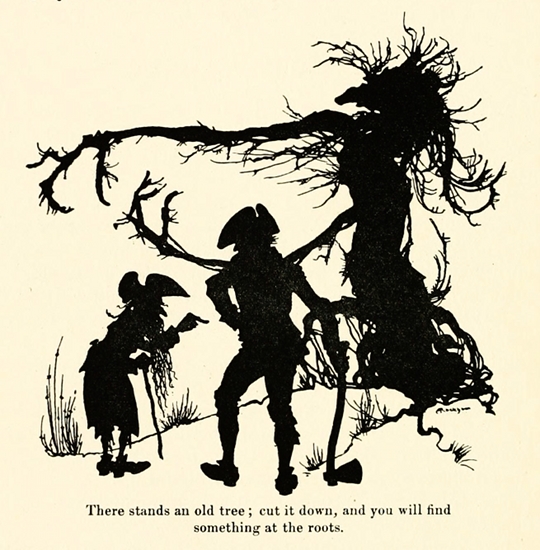
Although there were some other German collections of folk and fairy tales, that preceded the Grimms’ Kinder-und Hausmärchen, none were as diverse or driven by a the Brothers’ cooperative and collective spirit that spurred them to embrace all kinds of tales from German-speaking principalities. As early as 1811, Jacob even composed an appeal, “Aufforderung an die gesammten Freunde altdeutscher Poesie und Geschichte erlassen” (“Appeal to All Friends of Old German Poetry and History”), which was never sent but laid the groundwork for his later more fully developed “Circular wegen der Aufsammlung der Volkspoesie” (Circular-Letter Concerned with Collecting of Folk Poetry) printed and distributed to scholars and friends in 1815. It is worth citing the initial part of this letter because it outlines the basic principles and intentions of the Grimms:
Most Honored Sir!
A society has been founded that is intended to spread throughout all of Germany and has as its goal to save and collect all the existing songs and tales that can be found among the common German peasantry (Landvolk). Our fatherland is still filled with this wealth of material all over the country that our honest ancestors planted for us, and that, despite the mockery and derision heaped upon it, continues to live, unaware of its own hidden beauty and carries within it its own unquenchable source. Our literature, history, and language cannot seriously be understood in their old and true origins without doing more exact research on this material. Consequently, it is our intention to track down as diligently as possible all the following items and to write them down as faithfully as possible: . . . .
- Folk songs and rhymes,
- Tales in prose that are told and known, in particular the numerous nursery and children’s fairy tales about giants, dwarfs, monsters, enchanted and rescued royal children, devils, treasures, and magic instruments as well as local legends that help explain certain places.
- Funny tales about tricks played by rogues and anecdotes; puppet plays from old times with Hanswurst and the devil.
- Folk festivals, mores, customs, and games.
- Superstitions.
- Proverbs, unusual dialects, parables, word composition.
It is extremely important that these items are to be recorded faithfully and truly, without embellishment and additions, whenever possible from the mouth of the tellers in and with their very own words in the most exact and detailed way. It would be of double value if everything could be obtained in the local live dialect. On the other hand, even fragments with gaps are not to be rejected. Indeed, all the derivations, repetitions, and copies of the same tale can be individually important. . . .Here we advise that you not be misled by the deceptive opinion that something has already been collected and recorded, and therefore that you discard a story. Many things that appear to be modern have often only been modernized and has their undamaged source beneath it. As soon as one has a great familiarity with the contents of this folk literature (Volkspoesie), one will gradually be able to evaluate the alleged simplistic, crude and even repulsive aspects more discreetly.
This circular letter along with the first edition of Kinder-und Hausmärchen went on to inspire numerous German, Austrian, and Swiss folklorists to begin collecting tales, and gradually the Grimms’ example and their other editions animated folklorists throughout Europe and Great Britain to collect and preserve oral folk tales. If any of the editions that the Grimms published best represented their intentions and ideals that they kept reiterating until 1857, it was their first edition because they did not hone the stories the way they honed and refined the tales in later editions. In fact, you can hear the distinctive voices of the storytellers from whom they received the tales, and to this extent, the tales in the first edition, some in German dialect, are more authentic folk tales and have more integrity to them despite the fact that they are not as aesthetically pleasing as those in later revised versions. In other words, the Grimms let the tales speak for themselves in a very blunt if not awkward manner that lends them a sense of unvarnished truth or the educational value that the Grimms sought.
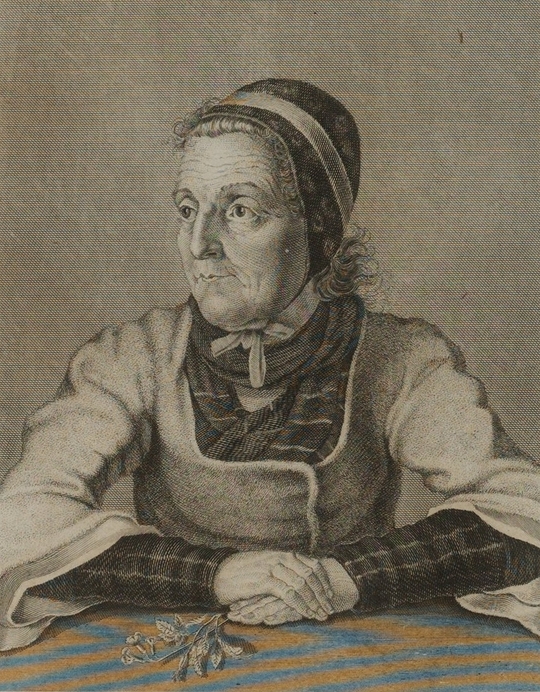
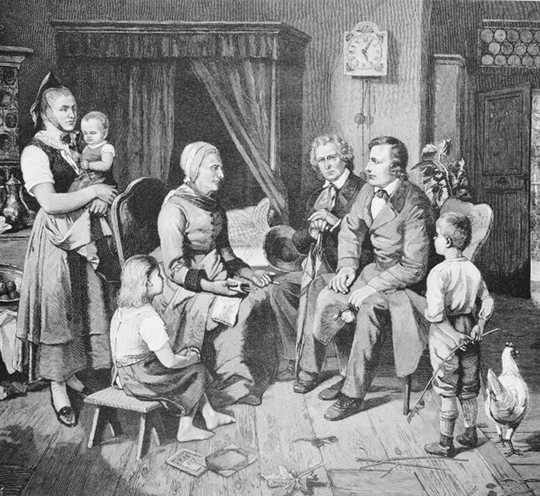
Turning to the tales of the first edition the first thing a reader might notice is that many of the stories such as “The Hand with the Knife” (“Die Hand mit dem Messer”), “Herr Fix-It-Up” (“Herr Fix und Fertig”) “How Some Children Played at Slaughtering” (“Wie Kinder Schlachtens mit einander gespielt haben“), “Puss in Boots” (“Der gestiefelte Kater”), “Bluebeard” (“Blaubart”), and “Simple Hans” (“Hans Dumm”) were deleted in the following editions for various reasons, not because they were poorly told but because they did not meet some of the requirements of the Grimms, who at first sought primarily to publish tales that were Germanic in origin. For instance “Puss in Boots,” “Bluebeard,” “Princess Mouseskin” (“Prinzessin Mäusehaut”), and “Okerlo” (“Der Okkerlo”) were considered too French to be included. They later learned that this was a mistaken notion because it was and is impossible to know the exact origins of folk tales. Though it is impossible to know fully why certain tales were omitted or placed in footnotes we do know that “Death and the Goose Boy” (“Der Tod und der Gänshirt”) was omitted because of its literary baroque features; “The Strange Feast” (“Die wunderliche Gasterei”), because of its close resemblance to “Godfather Death”; “The Stepmother” (“Die Stiefmutter”), because of its fragmentary nature and cruelty; “The Faithful Animals” (“Die truen Tiere”), because it came from the Siddhi-Kür, a collection of Mongolian tales. As the Grimms continued to collect variants sent to them by friends and colleagues gathered from oral and book sources, they either improved the tales of the first edition by combining versions, omitted tales in favor of new versions, or moved tales to their footnotes.
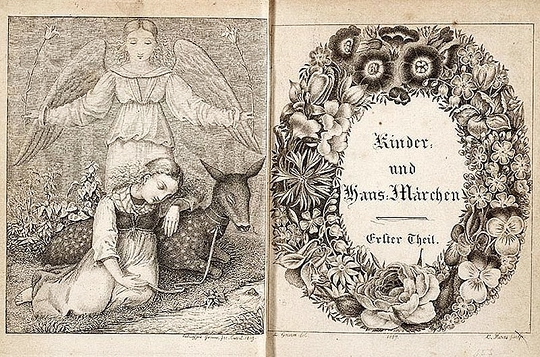
The second thing a reader might notice about the tales in the first edition is that most of them are shorter and strikingly different than the same tales edited in the later collections. They smack of orality and raw contents. For instance, Rapunzel reveals that she has become impregnated by the prince; Snow White’s mother, not her stepmother, wants to kill the beautiful girl out of envy; the wild man is not Iron John and plays a different role in helping the boy who liberates him, just as the devil plays a more unusual role in “Der Teufel Grünrock,” later replaced by “Bärenhäuter.”
Thirdly, a reader will recognize immediately that all these tales are blunt and have little or no description. The emphasis is on action and the resolution of conflict. The storytellers do not beat about the bush. They are prone to tell the truths they know, and even though magic, superstition, miraculous transformation, and brutality are involved, the storytellers believe in their stories. Metaphor maps out the reality of listeners and engages people to learn from symbols how to engage their realities.
Lastly, it is important to note that the tales in the first edition were collected mainly from literate people whom the Grimms came to know quite well. For instance they were well acquainted the members of the Wild and Hassenpflug families in Kassel and the von Haxthausen family in Münster; Wilhelm knew the minister’s daughter Friederike Mannel in a nearby town. Dorothea Viehmann, a tailor’s wife, provided many tales, and in some instances, the Grimms took tales from books or received tales in letters. The literacy of the informants, however, did not diminish the folk essence of the tales that, as the Grimms and other folklorists were to discover, were widespread throughout Europe and told more often than not in dialect. The tales came to the tellers from other tellers, or they read tales, digested them, and made them their own. Indeed, we always make tales our own and then send them off to other tellers with the hope that they will continue to disseminate their stories.
The Grimms have often been criticized, especially by critics in the last 50 years, for having changed and edited the tales from the first to the seventh edition. That is, they never lived up to their own words that the task of the collector is to record the tales exactly as they heard them. In other words, various critics have complained that the Grimms’ tales are inauthentic folk tales. But this is a ridiculous if not stupid argument, for nobody can ever record and maintain the authenticity of a tale. It is impossible. And yet, the Grimms, as collectors, cultivators, editors, translators, and mediators, are to be thanked for endeavoring to do the impossible and to work collectively with numerous people and their sources to keep traditional stories and storytelling alive. In this respect their little known first edition deserves to be rediscovered, for it is a testimony to forgotten voices that are actually deep within us. Hence, the irresistibility of the Grimms’ tales that are really not theirs, but ours.
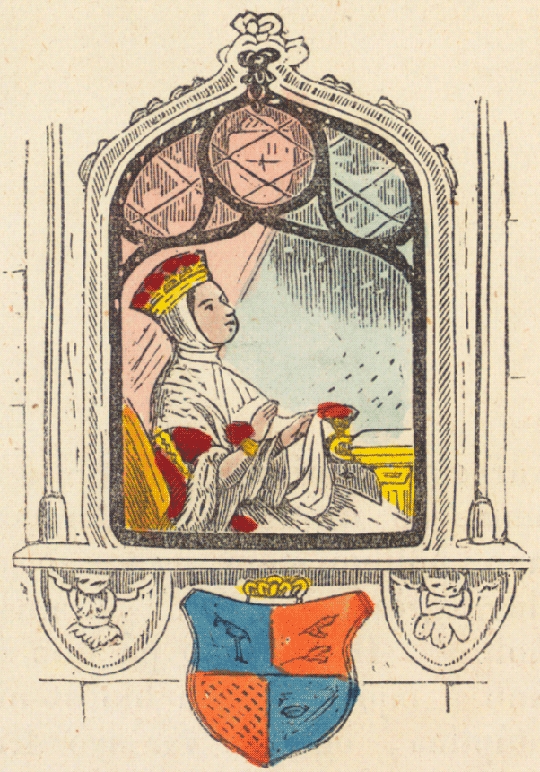
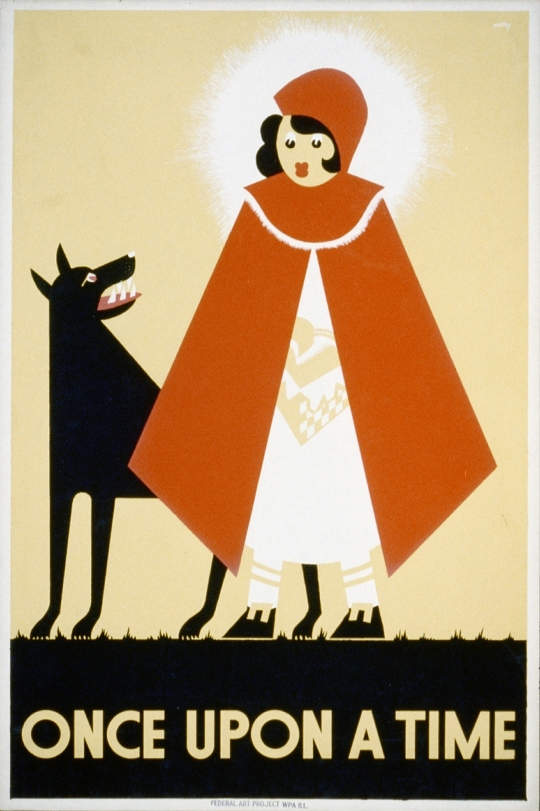
Jack Zipes is Professor Emeritus of German and Comparative Literature at the University of Minnesota and a pioneer of scholarship on fairy tales. He has published prolifically in this area. His many works include: Fairy Tales and the Art of Subversion (1983); The Brothers Grimm: From Enchanted Forests to the Modern World (1988); and most recently The Irresistible Fairy Tale: The Cultural and Social History of a Genre (2012). He is also translator of The Complete Fairy Tales of the Brothers Grimm .
Links to Public Domain Works
Other editions at Wikisource, including table of included and ommited stories can be found here.
Fairytales from the German (1827) by George Cruikshank
Household stories from the collection of the bros. Grimm (1914 edition), English translation by Lucy Crane with illustrations by Walter Crane.
The Fairy Tales of the Brothers Grimm (1916 edition), English translation by Mrs Edgar Lucas with illustrations by Arthur Rackham.
Further Reading
by Jacob and Wilhelm Grimm, with illustrations by Andrea Dezsö, translation and introduction by Jack Zipes.
The Original Folk and Fairy Tales of the Brothers Grimm: The Complete First Edition (Princeton University Press, 2014).
For the very first time, this book makes available in English all 156 stories from the 1812 and 1815 editions. These narrative gems, newly translated and brought together in one beautiful book, are accompanied by sumptuous new illustrations from award-winning artist Andrea Dezsö. Zipes’s introduction gives important historical context, and the book includes the Grimms’ prefaces and notes.
by Jack Zipes.
Fairy Tales and the Art of Subversion (Routledge, 2011).
How and why did certain authors try to influence children or social images of children? How were fairy tales shaped by the changes in European society in the sixteenth and seventeenth centuries? Zipes examines famous writers of fairy tales such as Charles Perrault, Jacob and Wilhelm Grimm, Hans Christian Andersen and L.Frank Baum and considers the extraordinary impact of Walt Disney on the genre as a fairy tale filmmaker.
by Ralph Schippan.
Zeit, diese Märchen festzuhalten (Puntillo Verlag, 2013).
Ralph Schippan presents — from the perspective of a bibliophile collector — an insight into the circumstances of how the Grimm Brothers collected their fairy-tales and how the first edition of Kinder- und Hausmärchen was edited and printed. [In German].